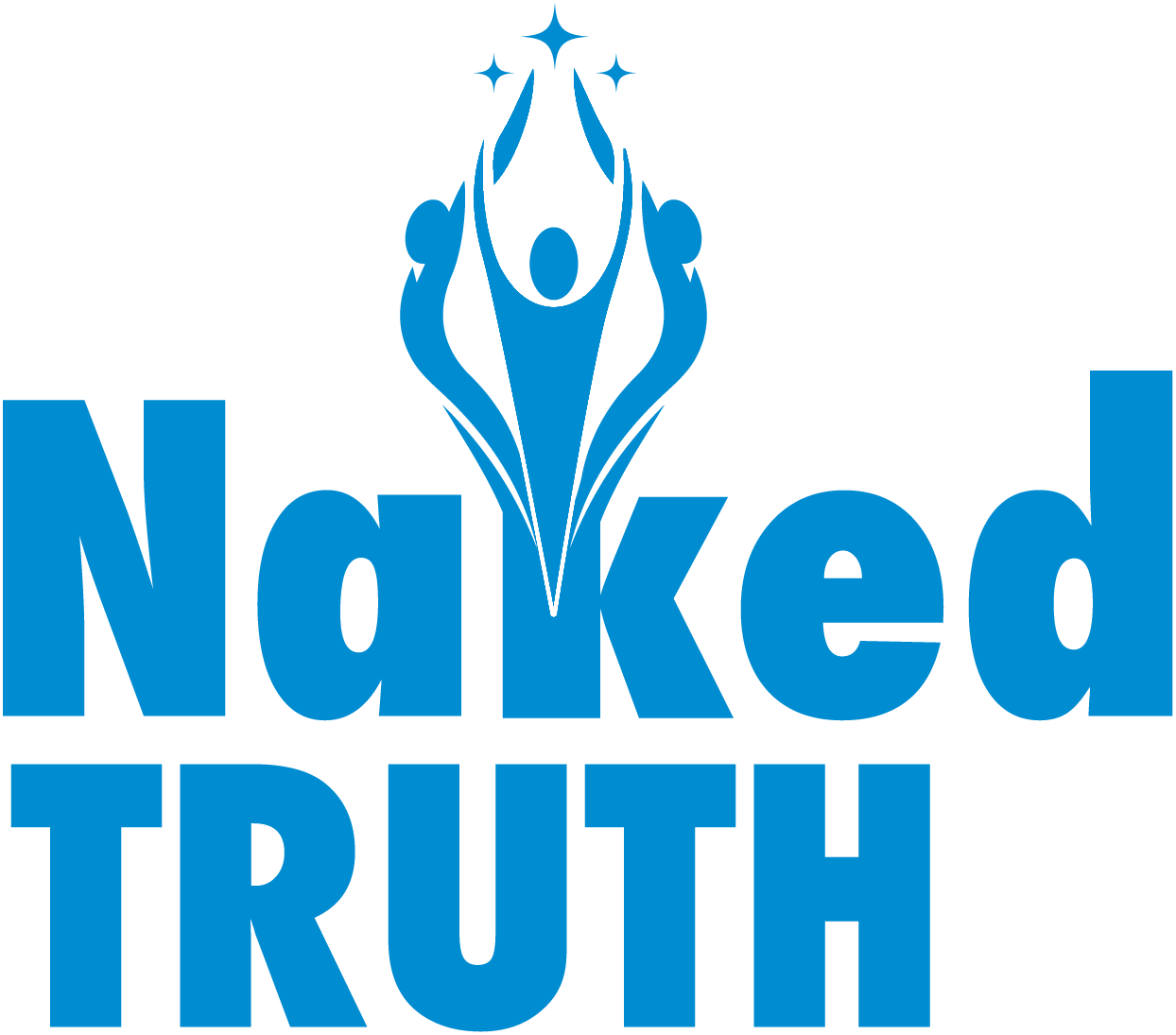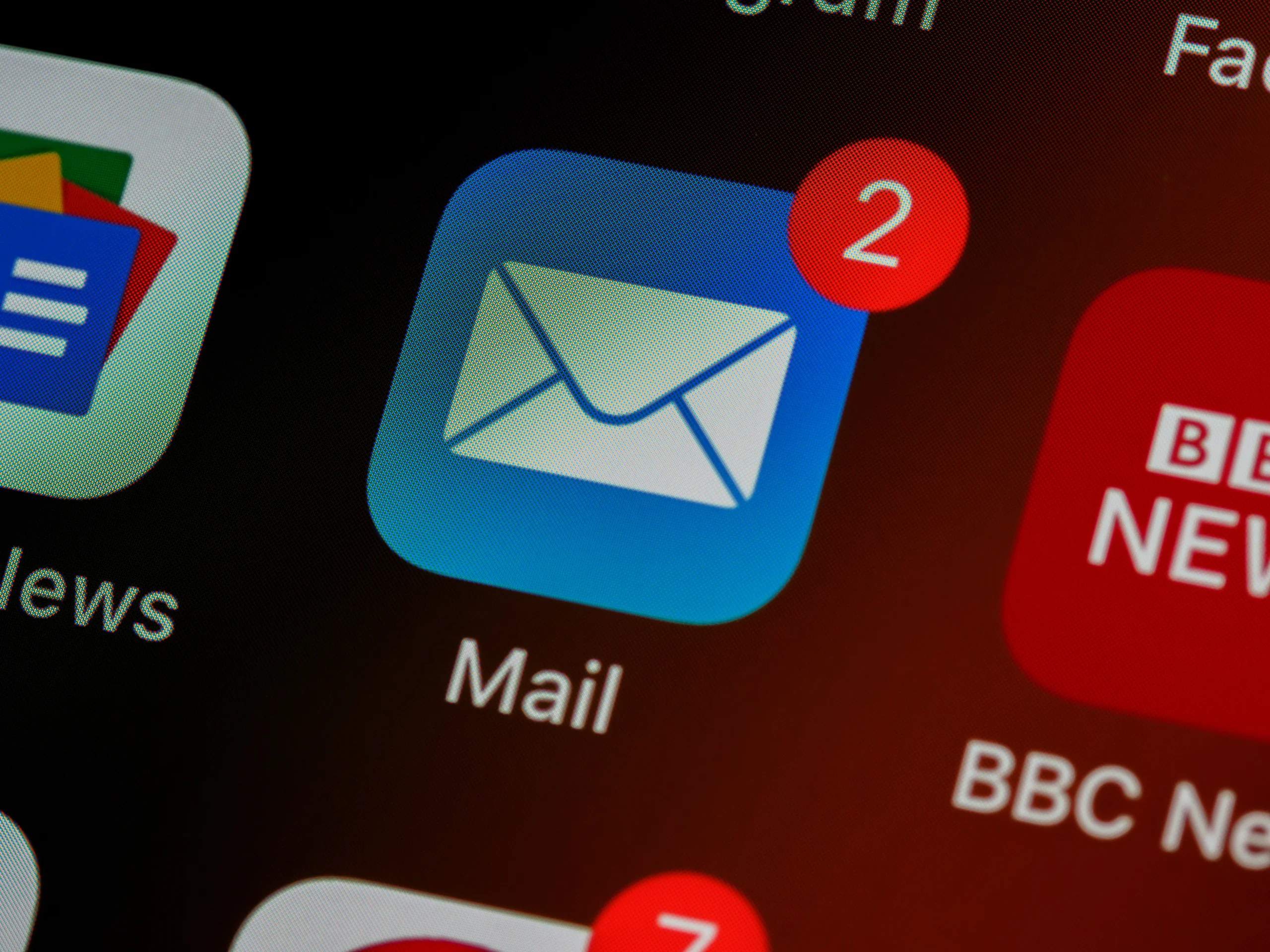Press releases are an important part of any brand’s PR strategy, and it’s essential that you have a solid plan for press release distribution. You may have written a great, attention-grabbing press release but all that effort can go to waste if you don’t know how to go about its distribution.
What is a press release?
A press release is a formal announcement, coming directly from a company, that shares any newsworthy developments from them. Brands can use a press release to announce any new product, projects, events, and any other important information. In fact, 68% of experts say they use press releases to increase brand/product visibility. Press releases are typically the responsibility of a company’s PR team as they’re used to generate media coverage and brand awareness.
Once they’ve been written and approved, many PR consultants will send them out through a press release distribution service such as Newswire. Distribution services like this are a great way to streamline your PR strategy as they can help schedule your press release distribution.
Who should I send press releases to?
The most important people you should be sending a press release to are journalists and editors working for different media outlets such as publications, radio stations, and TV networks. Reaching out to the press is a good PR move as they’re always looking for a newsworthy story. It’s always worth building relationships with different segments of the media as well to develop more dynamic media coverage.
With the advent of social media, it’s also a good idea to distribute press releases to influencers. Similarly to journalists, influencers are always on the lookout for new products and projects that align with their personal brand. Before sending a press release, reach out to them first with a short message about you, your brand, and what you’re promoting. If they find it interesting, they’ll likely want to partner up with your brand and share your company’s story via their social media platforms. If they’ve got 1 million+ followers, imagine the brand outreach potential there!
When is the best time to send press releases?
It can be difficult to figure out when the best time to send a press release is. To answer this question, we’ll have to look at a few different factors:
Type of press release
There are several different types of press releases, and they all need to be handled differently. If you’re sending a press release about an event, it’s best to distribute it as far in advance as possible and have the distribution highly targeted towards journalists with a track record of covering similar events.
If you’re distributing a press release to generate search engine attention, then don’t worry too much over specific times. SEO press releases are usually released digitally, whether that’s through posting it on your brand’s website or on social media platforms. Refer back to your digital and social media strategy for this and avoid sending them out to journalists unless the information is relevant to the news stories they’re covering.
Lead times
Lead time is essentially the amount of time a journalist works on a story, starting from the first pitch up until publication. Different media outlets will have different lead times, and this can also heavily depend on the information your press release is conveying. For example, if you’re promoting your company’s Christmas sale make sure you start sending press releases 3-6 months in advance because media outlets start planning Christmas-related news stories in July.
News cycle
A crucial part of PR in general is staying on top of current news. If there’s any news that is relevant to whatever information you’re promoting, you may be able to piggyback that moment and receive more media attention. Remember, journalists are always on the hunt for the most interesting and relevant story. If your product launch happens to be related to something newsworthy, it’s a win-win situation!
Day & time
Timing is another important factor when planning press release distribution. Different days and times have different open rates (the percentage of people who opened a specific email). Research by Prowly shows that emails sent on Thursdays have an average open rate of 27%, the highest in the week. Try sending a press release out on a Thursday, as you’ll statistically be more likely to have a successful open rate.
Make sure you’re also aware of your target’s time zone and adjust your PR schedule accordingly. If a journalist lives in Tokyo and is 8 hours ahead of you, time your emails right to make sure they see the press release at the top of their inbox during their working hours. A well timed press release distribution plan can make a huge impact on your brand’s visibility in the wider media landscape.
When should I avoid sending press releases?
Out of hours
Avoid distributing press releases during out-of-office hours. This may seem obvious, but some PR managers can get a bit too excited and start sending out press kits on a Saturday. Journalists and editors are unlikely to open up their work email out of hours, and by the time they do look at their inbox your press release will be buried under hundreds of other emails. Don’t waste a good press release like this; wait until you know your contacts are going to be on their laptop to make sure the information gets seen.
Start or end of week
You would think distributing a press release first thing on a Monday may be the best way to secure coverage, but this isn’t guaranteed. While 61% of journalists say they like receiving pitches in the morning, this is when many PR agencies are going to be sending out all their press material. If you send your press release then, your email might get lost in the crowd and not even be read.
Try not to send them out at the end of the week either. By this point, journalists will already be working on their assignments and won’t likely be open to any pitches. Data from Prowly revealed that Friday has the lowest email open rate: 14.81%.
Too far in advance
This may be contradictory to our previous tip about event press releases, but it’s still something to consider. This is especially true for product-based press releases, where it’s more ideal to send out media kits 1-2 weeks before the product launch date to keep the information as fresh as possible. If your press release relates to ongoing news, send it out immediately.
During a ‘breaking news’ moment
Unless your brand can contribute to the narrative surrounding the breaking news, it’s best to wait for the media landscape to calm down before sending out a press release. Breaking news moments often mean that the media’s and public’s attention will be drawn elsewhere and your press release won’t receive enough attention.
Conclusion
Proper distribution of your brands press releases and marketing material can be a real deciding factor in your PR strategy’s success. To summarise this guide, the best time to send a press release is the time that works best for the journalist. You’ll need to optimise your press release distribution strategy so that you’re getting the highest open rate and resulting amount of media coverage as possible. Once you’ve polished your strategy, the world will be paying attention to your brand in no time.
Need a hand in managing your company’s PR? We’re Naked Truth, a mission-led PR agency helping brands take their social impact to the next level. If you’re interested in working together, contact us today and we’ll be happy to chat.





